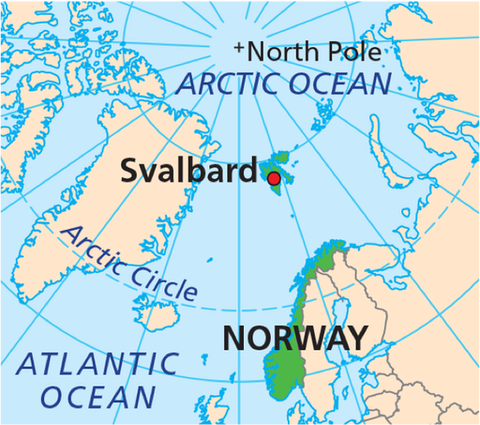BankingonSeeds
It’salittlelikepeoplelockingtreasuresinasafe.Inthiscase,thetreasuresareseeds.Aroundtheworld,morethan1,700banksstorefoodcrops.Yet,manyoftheseareatrisk.Naturaldisasterscanhappen.Warcanbreakout.Somethingassimpleasabrokenfreezercanruinawholecollectionoffood crops.
NotatSvalbard.Thevaultisinsideamountain.Itisundergroundandpackedinice.So,iftheairsystemfailed,theseedswouldstillstay cold.
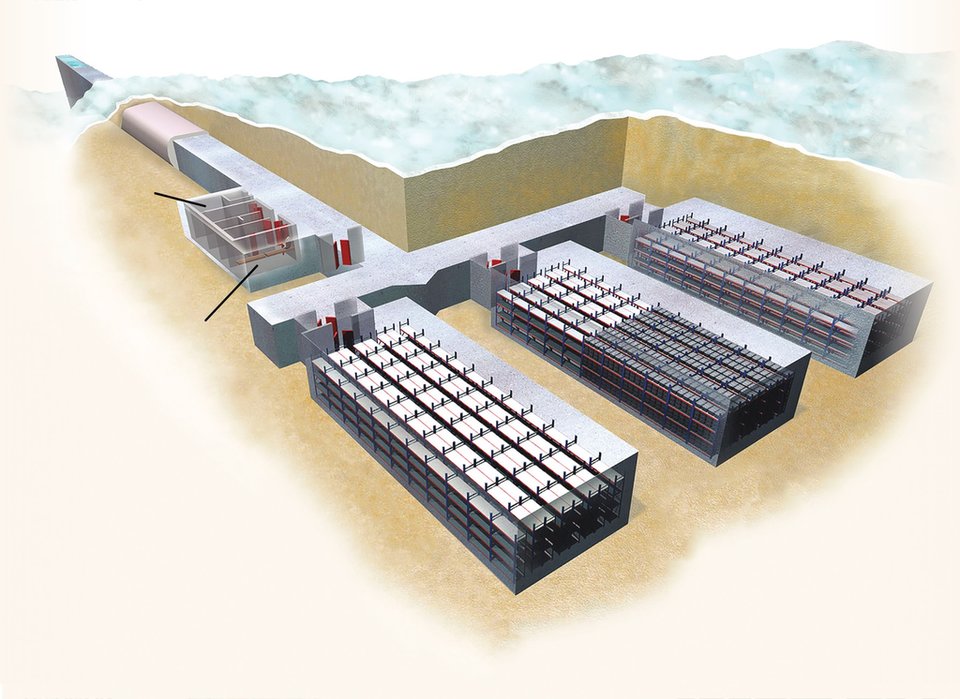
Shelvesineachvaultholdhundredsofboxescontainingseed packets.
vault entrance
control room
security doors
vaults
refrigerators
Here'showitworks:
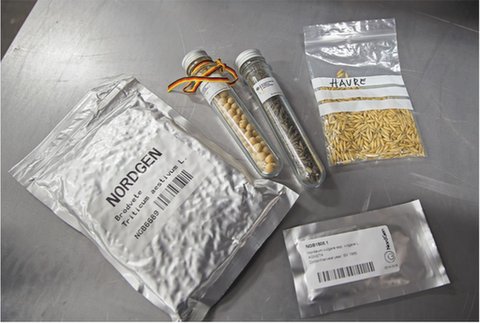
1
Seedsusedtobestoredinglasstubes.Now,theyareputinfoilpackagesthatkeepoutmoistureandheat.Eachsamplecontainsabout500 seeds.
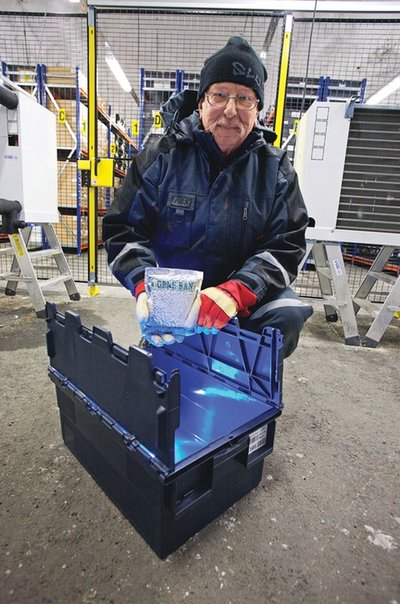
2
Seedpacketsarestoredincrates,eachlabeledby country.

3
Cratesareshippedtotheseedvaultandstoredonshelves.Threetofourtimesayear,thevaultisopenedandnewseedsamplesarebrought inside.
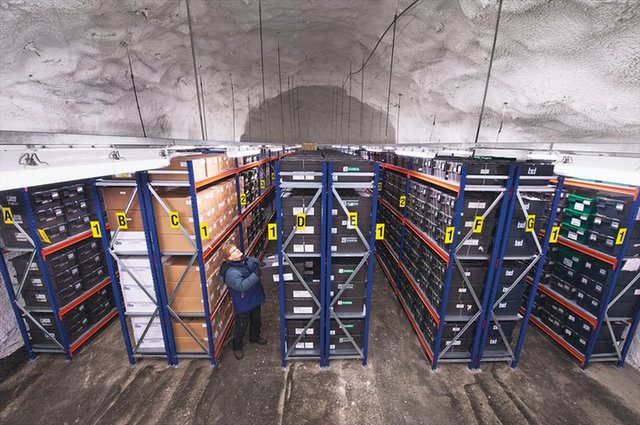
4
Thevaultisdesignedtostoreupto4.5 millionseedsamples—that’satotalof2.25 billionseeds.Sofar,onlyoneroomisbeingused.Itholdsabout1,059,646 kindsof seeds.
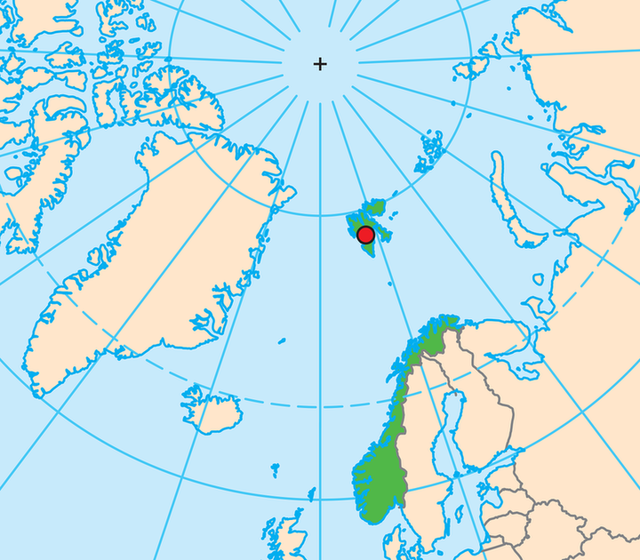
Svalbard
North Pole
Norway
AtlanticOcean
Arctic Ocean
Arctic Circle
